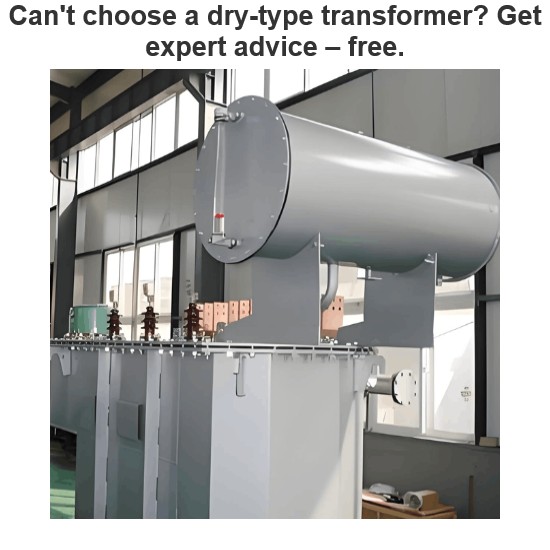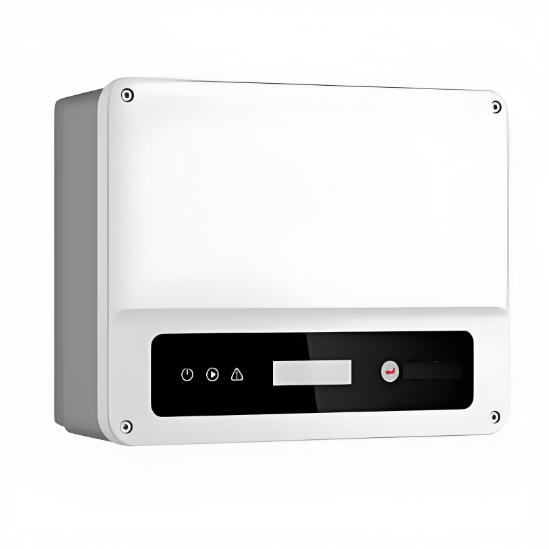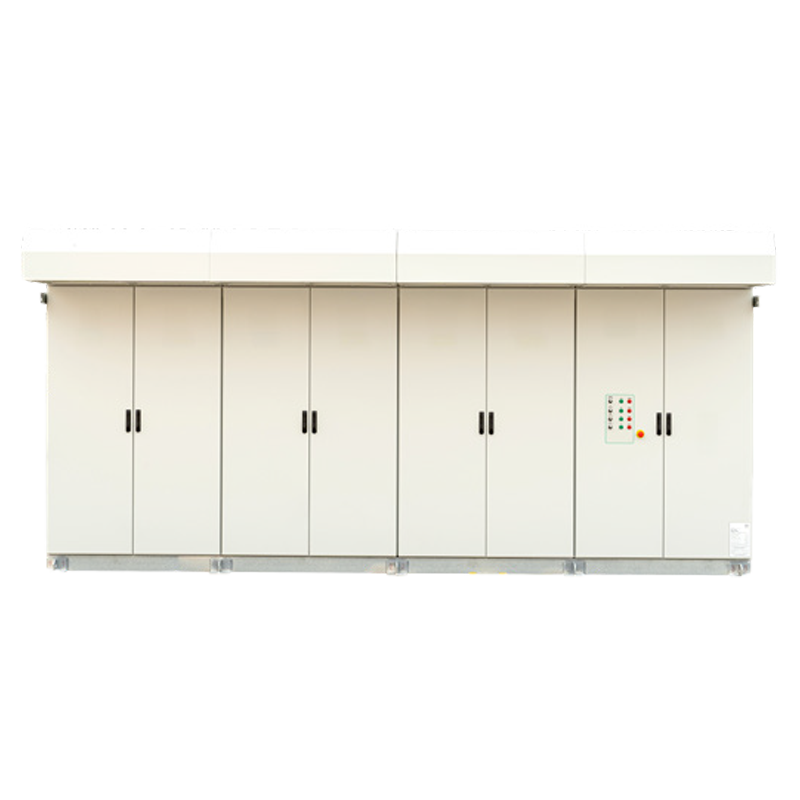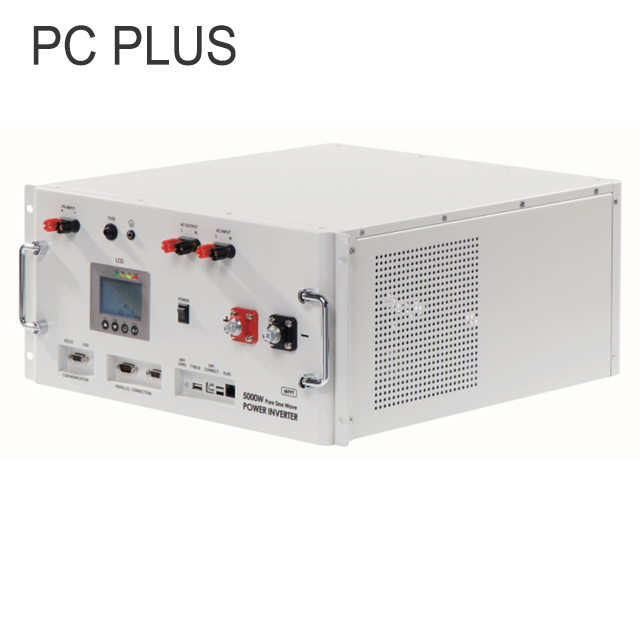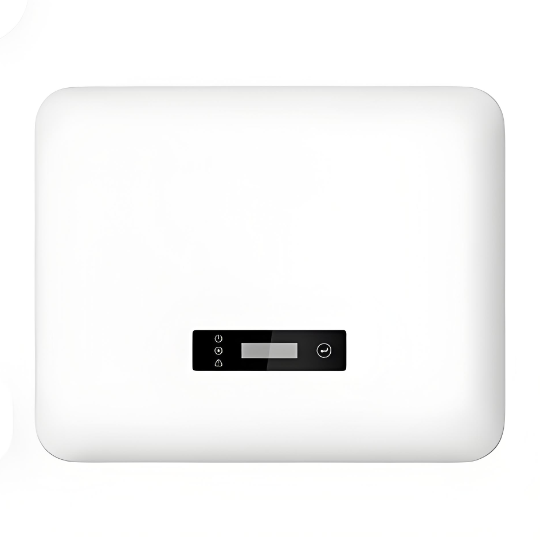What Maintenance Does a Solar Micro-Inverter Need?
A solar micro-inverter is used to convert the DC power generated by photovoltaic (PV) panels into AC power, with each panel typically equipped with its own micro-inverter. Compared to traditional string inverters, micro-inverters offer higher efficiency and better fault isolation. To ensure their long-term stable operation, regular maintenance is crucial. Below are the main maintenance tasks for solar micro-inverters:
1. Cleaning and Inspection
Clean Panels and Inverter Surfaces: Dust, leaves, and other debris can accumulate on PV panels and inverters, affecting heat dissipation and system performance. Regular cleaning of these components ensures optimal operating conditions.
Recommended Frequency: Quarterly or adjusted based on environmental conditions (e.g., more frequent cleaning in dusty or rainy areas).
Inspect for Physical Damage: Check the inverter and its connecting cables for any physical damage such as cracks, corrosion, or other visible issues. If any problems are found, they should be repaired or replaced immediately.
2. Electrical Connection Checks
Tighten Bolts and Connectors: Over time, vibration and temperature changes can cause electrical connections to loosen. Regularly inspect and tighten all bolts and connectors to prevent poor contact and overheating.
Recommended Frequency: Conduct a comprehensive inspection annually.
Cable Insulation Testing: Use an insulation resistance tester to check the condition of the cables, ensuring there is no aging or damage. Pay particular attention to exposed cables, which are susceptible to UV exposure and moisture.
3. Performance Monitoring
Monitor Power Generation: Most micro-inverter systems come with monitoring software that allows real-time viewing of each panel's power output and inverter status. Regularly check this data to ensure the system is operating normally and promptly identify any anomalies.
Recommended Frequency: Perform remote checks weekly or monthly via the monitoring system.
Temperature Monitoring: Micro-inverters are usually installed outdoors and prolonged exposure to sunlight can lead to high temperatures, which can affect inverter performance and lifespan. Monitor the inverter's temperature using sensors or manual measurements to ensure it operates within a safe range.
4. Software Updates
Firmware Updates: Manufacturers sometimes release firmware updates to improve system performance, security, or compatibility. Regularly check the manufacturer’s website or contact technical support for the latest firmware versions and perform updates.
Recommended Frequency: Check every 6 months to 1 year for available updates.
5. Lightning Protection
Install Surge Protectors: In regions prone to lightning strikes, installing appropriate surge protectors can effectively safeguard inverters from lightning damage. Regularly inspect the condition of surge protectors to ensure they are functioning properly.
Recommended Frequency: Inspect annually and replace surge protectors as needed.
6. Environmental Adaptability Checks
Ventilation and Heat Dissipation: Micro-inverters are typically designed with good heat dissipation mechanisms, but improper installation locations or suboptimal environments (such as overly enclosed spaces) can affect cooling efficiency. Ensure there is adequate ventilation around the inverter.
Recommended Frequency: Inspect the installation environment every six months.
Waterproofing and Moisture Protection: While micro-inverters are usually waterproof, in high-humidity or damp environments, it is essential to check the sealing and waterproof measures to prevent moisture ingress and internal component damage.
7. Record Keeping and Documentation Management
Maintenance Logs: After each maintenance session, document detailed information about the maintenance performed, issues discovered, and actions taken. This helps track the system's health and provides reference for future maintenance.
Recommended Frequency: Record immediately after each maintenance session.
Warranty and Service Contracts: Understand the warranty period for the inverter and consider signing service contracts when necessary to ensure rapid professional support in case of issues.
Summary
The maintenance of solar micro-inverters includes:
Cleaning and inspecting physical conditions;
Checking electrical connections and cable insulation;
Monitoring system performance and temperature;
Regularly updating firmware;
Installing and checking lightning protection;
Ensuring proper ventilation and waterproofing;
Keeping maintenance logs and managing documentation.
Through regular maintenance, you can extend the lifespan of micro-inverters, ensure their efficient and stable operation, and maximize the benefits of your PV system.




















